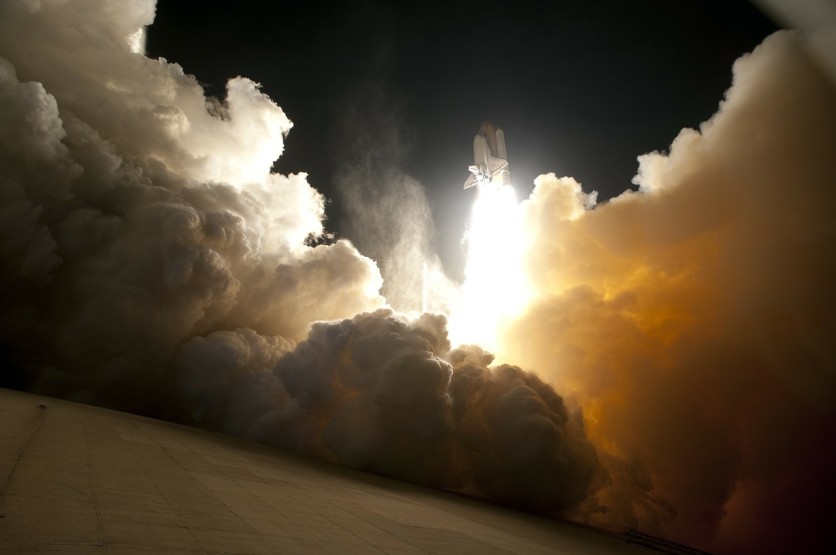While most of the planet is closed down because of the coronavirus, Elon Musk's company, SpaceX, is still business as usual as the SpaceX Starlink broadband constellation is about to welcome 60 new satellites.
A Falcon 9 rocket is scheduled to release from the Kennedy Space Center in Florida at 12:37 P.M. PT (3:37 P.M. EDT) on Wednesday, April 22. Although the batch is dubbed Starlink 6, it is the seventh group of 60 orbiting routers to be sent into space.

If all will go as planned, the mission will push the overall variety of satellites released to over 400. SpaceX hopes to have more than 1,000 of its satellites in orbit by the end of the year. Elon Musk's enterprise has been allowed by the FCC to release over 12,000 satellites.
The first stage rocket booster supporting this mission previously supported Crew Dragon’s first flight to the @space_station, launch of the RADARSAT Constellation Mission, and the fourth Starlink mission pic.twitter.com/4IMk3kTTaG — SpaceX (@SpaceX) April 17, 2020
SpaceX carries a live stream on its webcast page for each launch, and this Starlink mission will be no different. You can watch the YouTube stream as soon as it becomes available, kicking off 15 minutes before the launch.
The first stage of the Falcon 9 rocket to be used on Wednesday has been released thrice--most recently for the fourth Starlink task. The rocket's nostril cone was also recycled from a previous mission.
What is Starlink?
Starlink is a project run by SpaceX, a rocket firm based in California led by billionaire Elon Musk. Musk is sending up a satellite network--referred to as a mega constellation--that will beam internet coverage down to any place on Earth.
More than 300 satellites have been launched so far, with the network set to reach 12,000, going up to as many as 42,000 in the future. SpaceX sends its satellites up in batches of 60 at a time.
Each group is launched atop an unmanned Falcon nine rocket built and operated by SpaceX. How the probes will affect the night time sky is causing concern as they sit in a low orbit, so they appear brighter than stars and planets.
New image of trajectory Starlink #starlink satellites around comet C2019 Y4 ATLAS #atlas #comet from the Czech republic. Nikon D810a and ZEISS Otus 1,4/100, 6x120sec #Astrophotography #zeiss #zeissotus #ZEISSCzech pic.twitter.com/OQF93fdb2g — Zdenek Bardon (@zdenek_bardon) April 20, 2020
SpaceX is making plans to recover the fairing and booster again at sea following the launch Wednesday. The booster will land on a droneship even as two ships geared up with huge nets will try to catch the two halves of the nose cone.
What is special about tonight's Starlink show?
The Sun said Starlink will emerge as "trains" of vibrant spots that move like capturing stars without tails. Stargazers can count around 20 or so of them glide across the sky for around six minutes.
The satellites are so vivid which you won't need binoculars or a telescope to see them. Your chances of seeing them require clear skies.
ⓒ 2025 TECHTIMES.com All rights reserved. Do not reproduce without permission.




